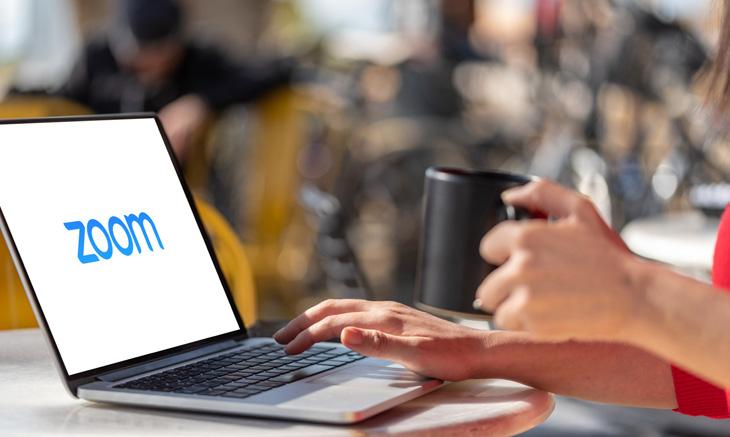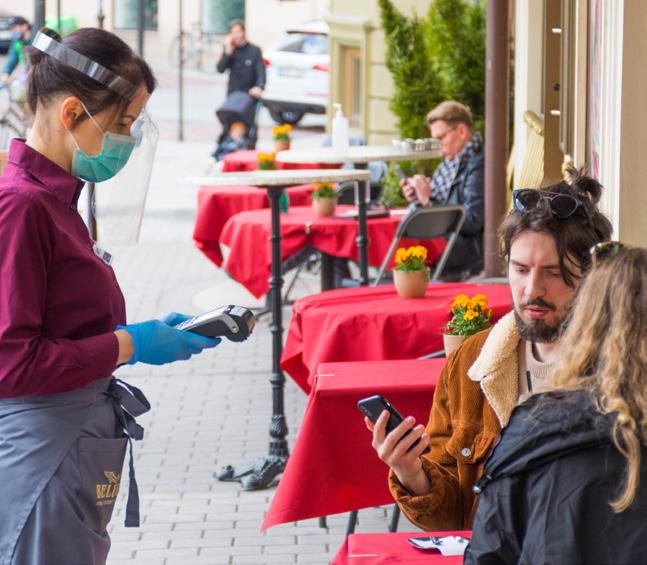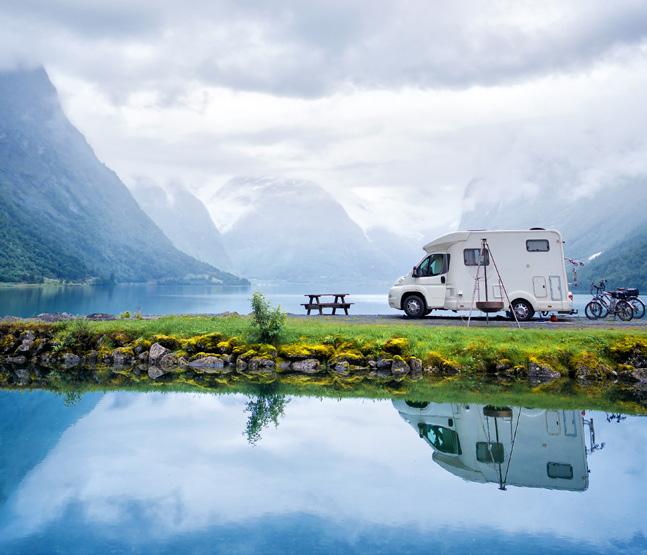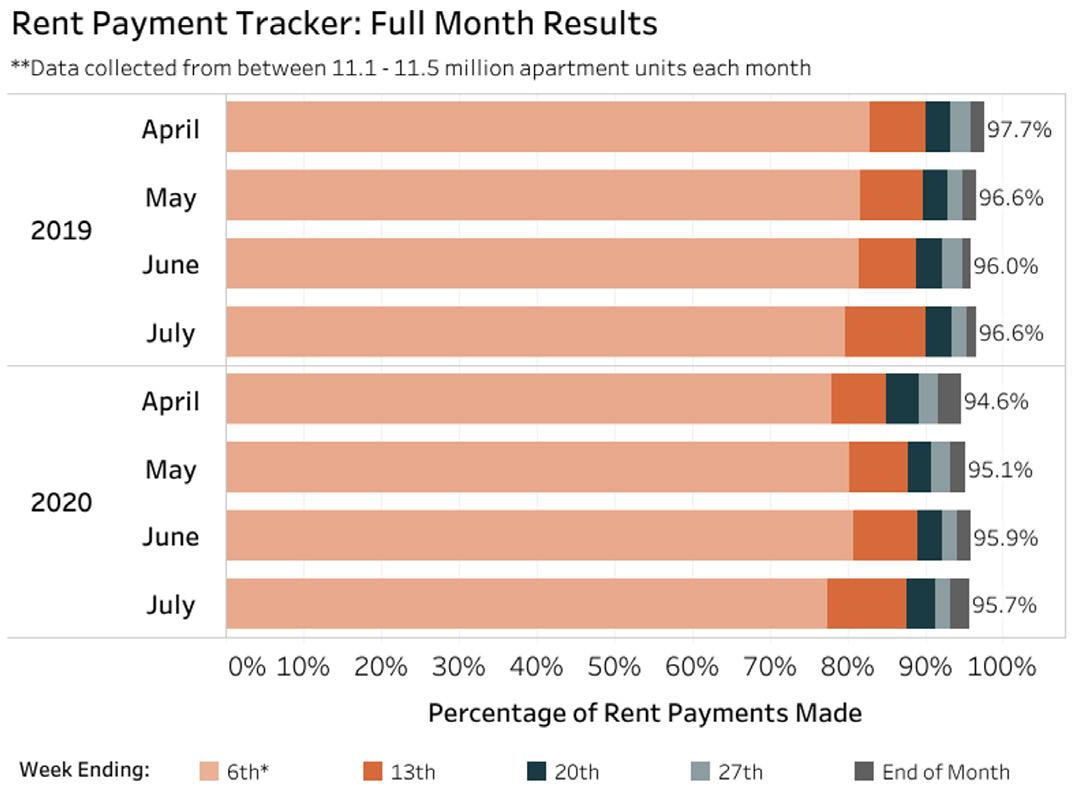
6 minute read
CHARTING THE COURSE
ANNOUNCING THE INITIAL CLOSING ON JULY 9 OF PATHFINDER’S NEW FUND
A MULTIFAMILY FUND CAPITALIZING ON OPPORTUNITIES CREATED BY THE PANDEMIC
Seeking superior returns from acquisitions of partially completed apartments and properties struggling during lease-up from over-leveraged borrowers and from lenders.
- Benjamin Franklin
ANY OFFERS TO BUY SECURITIES WILL BE MADE ONLY PURSUANT TO A CONFIDENTIAL PRIVATE PLACEMENT MEMORANDUM, WHICH WILL DESCRIBE IN DETAIL THE SECURITIES, INVESTMENT STRATEGY, AND RELATED RISKS.
www.pathfinderfunds.com
Contact us for more information on Pathfinder Partners Opportunity Fund VIII, L.P.
Please send me information CHARTING THE COURSE MEGATRENDS: Covid-19 Accelerating Some, Reversing Others
By Mitch Siegler, Senior Managing Director
John Naisbitt’s 1982, #1 bestseller, “Megatrends: Ten New Directions Transforming our Lives,” unleashed a firestorm for investors, companies and leaders. Many predictions were prophetic then and remain timely now, their adoption accelerated greatly by the pandemic. Covid-19 is stopping other Megatrends in their tracks. Consider the dramatic impact of the virus on these four trends:

(1) A shift from blue collar to white collar work and an acceleration of technology; (2) Increased globalization; (3) An emphasis on self-help; and (4) Flatter organizational structures.

The first trend, a
shift from blue to white collar work and an a c c e l e r a t i o n
of technology, is all around us. Pre-Covid, knowledge workers commuted, sometimes for hours, to and from offices where they collaborated on documents, attended meetings and participated in conference calls. Now, cloud computing allows file-sharing from home and teams come together via Zoom meetings. This wouldn’t have been possible a decade ago and it’s a boon for all those commuters. While employees will return to offices at some point, many will work regularly from home, maybe permanently. Google and Twitter announced no return to the office for a year and indefinitely, respectively. Meanwhile, since March, “essential workers” continue to venture forth to factories and stores to serve non-essential workers, cocooned at home.
The second trend is increased globalization. For decades, companies offshored production to Asia, primarily China, for lower labor costs and relief from environmental regulations. Containers of cheap clothing, toys and electronics pour in and are transshipped back empty, exploding the U.S. trade deficit in goods. The pandemic has shined a spotlight on our brittle, justin-time supply chain, especially for personal protective equipment, pharmaceuticals and even aspirin. Going forward, Americans won’t stand for foreign suppliers dominating these critical supply chains and the pendulum will swing back.
The third trend, an emphasis on self-help has exploded during the pandemic. Home gardening is growing rapidly as we dine at home more and venture out to restaurants and grocery stores less. Similarly, when schools closed early this spring, parents donned teacher hats. With school re-openings in the fall a giant question mark, parents will play the role of teachers for longer. Our homes will continue to provide us with shelter, serve as our offices and, for many, as a mini-farm and virtual school.
The fourth trend, the shift from hierarchies to flatter organizational structures began decades ago but the acceleration of the trend during Covid has been breathtaking. Great companies have long trusted their teams, provided technology and other tools to enable remote work and created flexible structures to encourage collaboration and facilitate a work-from-anywhere mindset. Good companies have learned quickly that these moves will be essential to their long-term survival.
Below are a few additional shifts we’ve observed since March:
Practicality wins out over sustainability – Just months ago, prospective buyers of new homes and automobiles listed sustainability among their top considerations in purchasing a residence or vehicle. Today, price/value and saving on energy or fuel are more important so you hear less about sustainability. Our view: People value what’s good for their family today more than what’s good for the world tomorrow. With time, this might rebalance a bit.
The reversal of “don’t buy, just rent” – Uber and Lyft are fading as former ride-sharing fans buy cars to protect their health and control their transportation. Airbnb and VRBO are bouncing back somewhat from their April depths but it’s primarily a local/regional travel market today and this crimps the home rental business. The well-heeled are buying second homes in resort areas like there’s no tomorrow, another hit to the home rental industry. On the flip side, many hotels have closed or will do so as business travel will lag for years, lessening competition. Since we’re bearish on the office sector, it’s tough to be bullish about We Work and its former big attractions, like community coffee, kombucha and kegerators – those features aren’t assets nowadays.
Simple, local food beats fancy, fine
dining – During the pandemic, many neighborhood casual dining restaurants have survived while black tie, fine dining establishments have been crushed. The experiences many valued in a fine dining establishment, like obsequious waiters and sommeliers fawning over dinner guests – aren’t highly sought after now since wait staff can’t leave the table quickly enough for many diners. Downtown steakhouses have been crushed while neighborhood street taco stands have survived on takeout and curbside dining, boosted by convenience and good value. That’s unlikely to change anytime soon.


Down and dirty, local beats exotic travel – With U.S. passports less valued today, trips to Tuscany, Provence and the Rhine River region are verboten. Even domestic commercial air travel is in the “no fly zone” for many of us. Cruise ships are WAY out – until November (at the earliest). Summer 2020 is the season of RV’s and Sprinter® vans (if you can find one) and tours of U.S. national parks (if you can find a campsite). The travel decision process has been simplified – from questions like “which airline has inexpensive tickets?” and “which hotel should we book?”
to “where can our family drive in just a few hours?” Low gas prices – hurrah! The summer travel season has also been extended from early spring through late fall, because of early school closings and delayed re-openings and the upsurge in work-from-home (or from just about anywhere) trends.
Spending is out, saving is in – Since March, consumers have throttled back spending for health care/dentistry and food services (read “restaurants”) and slowed new auto purchases (though used car sales are up). Second quarter grocery spending jumped 20%. An April 30th headline caught our eye: “Savings Rate Plummets to 39- Year Low”. The April personal savings rate, at 13.1% of disposable income, was way above the 1960-2019 trend line of 8-10% (hitting lows of 4.9% after the bursting of the dot.com bubble in 2000 and 5.5% during the 2008 recession). The savings rate leapt to 24.2% in May before easing to 19.0% in June. People are dialing back consumption to replenish their nest eggs for that rainy day.
Sometimes, not much changes for years, even decades. Now, time moves like dog years, yet we see years or decades of changes in just weeks or months. Look for unwinding or accelerating Megatrends in the months and years ahead. Those who get it right, early will benefit. Enjoy the dog days of summer.
Mitch Siegler is Senior Managing Director of Pathfinder Partners, LLC. Prior to co-founding Pathfinder in 2006, Mitch founded and served as CEO of several companies and was a partner with an investment banking and venture capital firm. Reach him at msiegler@pathfinderfunds.com.






